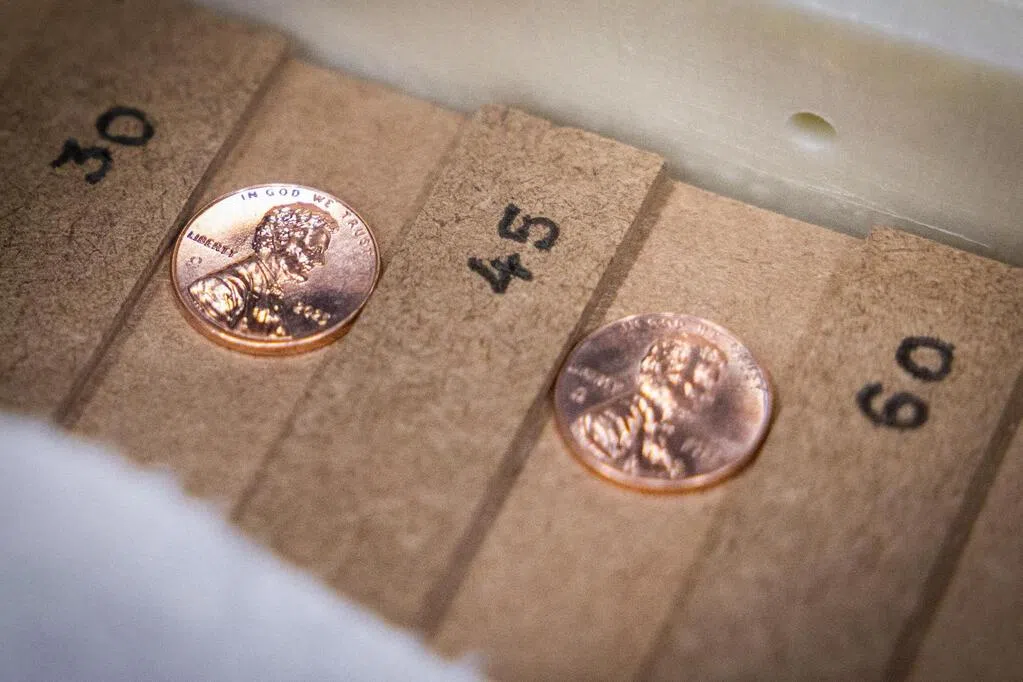(Washington, D.C.) The U.S. House of Representatives passed a temporary funding bill on Wednesday (November 12) and sent it to the White House for President Trump's signature that evening, officially ending the longest federal government shutdown in U.S. history, which lasted 43 days.
The White House ordered federal government employees to return to work on Thursday (November 13), but it is estimated that it will take several days or even more than a week for the entire federal government system to fully resume operation.
On Wednesday, surrounded by Republican lawmakers, Trump did not miss the opportunity to blame the Democrats for the deadlock on the bill and the government shutdown. He said, "Today, we send a clear message: we will not compromise with blackmail."
He said, "When we come to the midterm elections, let's not forget what they did to this country."
Trump also made false accusations against the Democrats on social media, claiming that the shutdown cost the U.S. economy as much as $1.5 trillion (approximately S$1.95 trillion). The exact financial losses caused by the government shutdown are still not fully estimated, but the Congressional Budget Office estimates it resulted in a loss of $14 billion in economic output.
Further Reading


Democrats opposed the passage of a temporary funding bill in the Senate to secure Republican approval to extend subsidies under the Affordable Care Act, which expires at the end of this year, leading to a federal government shutdown that began on October 1st. After a stalemate of over a month, eight Democratic senators sided with the government on Monday (October 10th), allowing the bill to pass with 60 votes. The House subsequently passed the bill on Wednesday with 222 votes in favor and 209 against, providing funds to keep the federal government running until the end of January. However, the unfreezing of funds also means that the US government's accumulated debt has reached a staggering $38 trillion, with an estimated $1.8 trillion to be added annually thereafter.
Despite the blame games between Republicans and Democrats, a Reuters/Ipsos poll released Wednesday showed no clear winner in the shutdown deadlock, with 50% blaming Republicans and 47% believing the Democrats were at fault.
White House: Back Pay to Be Paid as Early as This Saturday
The White House announced in a statement on Wednesday that approximately 670,000 public employees furloughed due to lack of funds must return to work on Thursday. Under the temporary funding bill, employees laid off by the Trump administration during the government shutdown will also be reinstated. Media estimates suggest it will take government agencies at least several days, or even more than a week, to return to normal operations. This is because the backlog of appropriations, loan applications, and customer service cases, which has been stalled for 43 days, needs to be cleared as quickly as possible. Delayed environmental permits, workplace inspections, and government contract approvals are also piling up across federal agencies.
Furthermore, payroll systems in various departments must be updated to pay all federal employees back wages owed during the shutdown. White House officials stated that back pay could begin to be paid as early as this Saturday, with a target of completion by November 19th.
The Supplemental Nutrition Assistance Program (SNAP), which has been struggling during the shutdown, will also resume its normal payment cycle, distributing food stamps to 42 million low-income individuals. However, some states have indicated that it may take up to a week to update beneficiaries' information and benefit cards, and simultaneous payments from multiple states could also cause system congestion.
US Secretary of State: Aiming to Resume All Flights Within a Week and Pay Air Traffic Controllers Back Wages
Air traffic operations, severely disrupted during the shutdown, must also be restored to normal in phases. The Federal Aviation Administration (FAA), which had initially planned to increase flight cuts from 6% to 8% on Thursday and then to 10% on Friday, will now maintain the reduction at 6% and continue to monitor the system's ability to gradually return to normal operation.
According to FlightAware, a flight tracking website, 900 flights were canceled on Wednesday, the fewest in six days, and the number of delayed flights also decreased from 10,000 on Monday and 4,000 on Tuesday to 2,000 on Wednesday.
Transportation Secretary Duffy said on Wednesday that the government's goal is to restore the cut flights within a week of the government reopening, enough to meet the upcoming Thanksgiving holiday travel peak at the end of November.
According to the Air Traffic Controllers Association, after the government shutdown in 2019, air traffic controllers waited two and a half months to receive full back pay.
Duffy promised to pay 70% of the back pay within 48 hours of the shutdown ending this time, and the full amount within a week.













